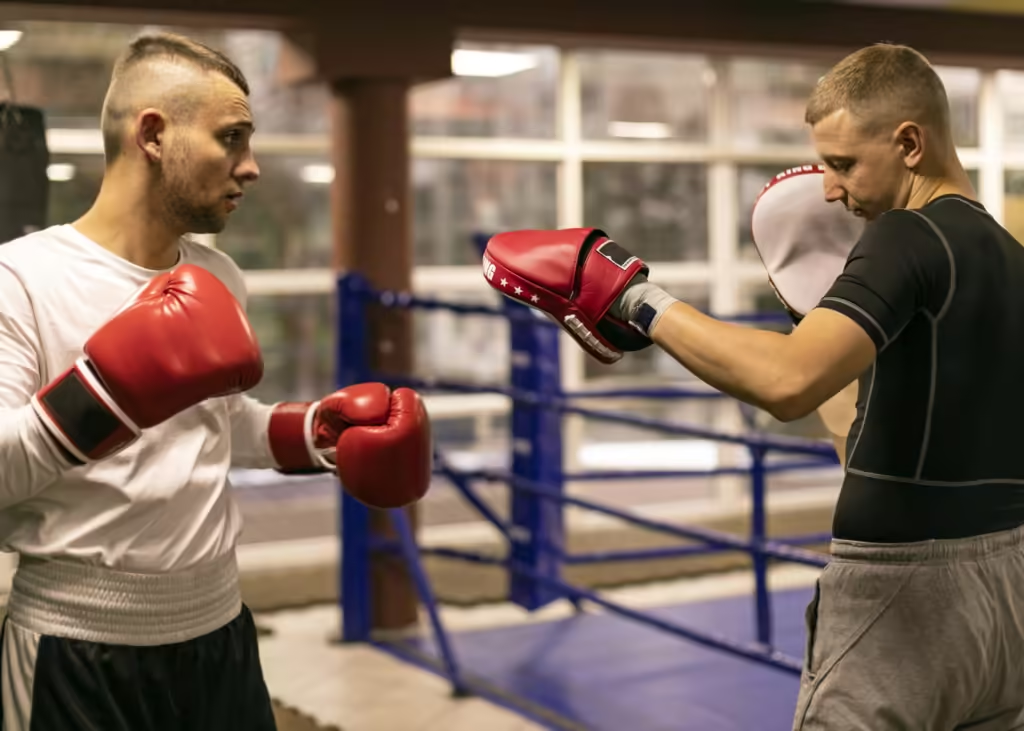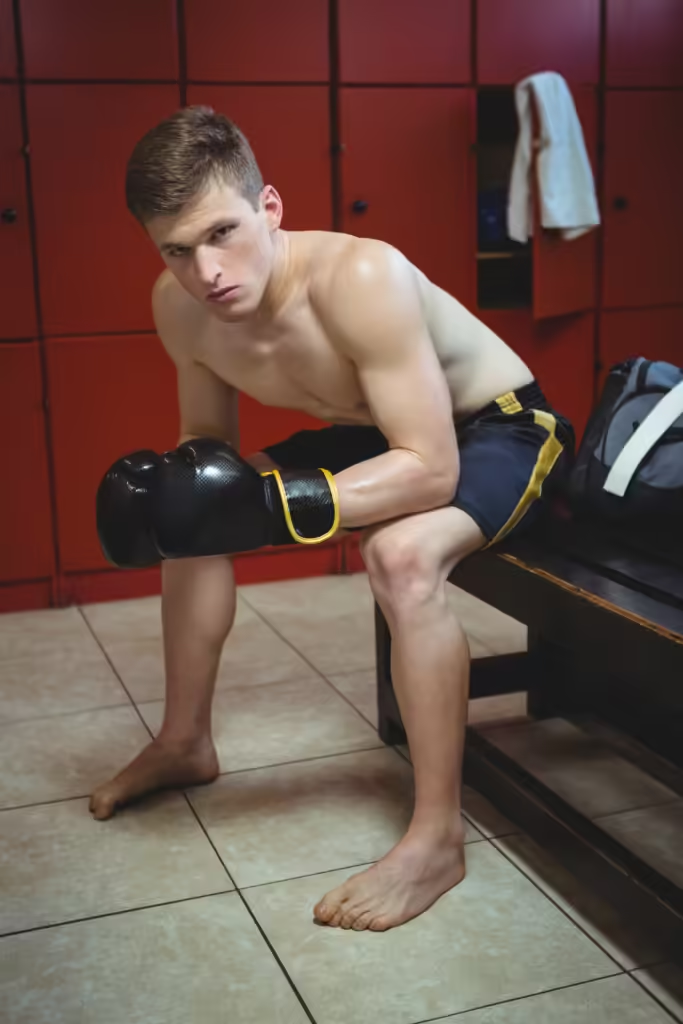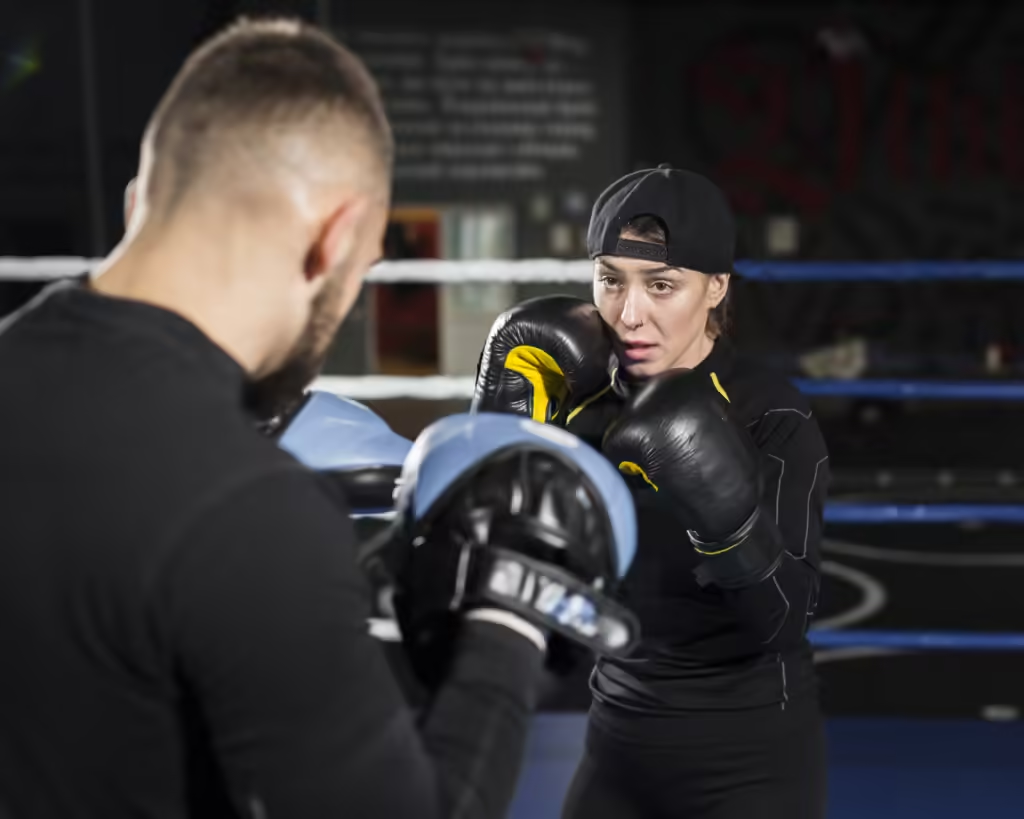Introduction to UFC Training
UFC training, short for Ultimate Fighting Championship training, is a comprehensive approach that combines various martial arts techniques, strength training, and conditioning exercises. The aim is to prepare athletes for the intense competition seen in UFC bouts. It’s not just about fighting; it’s about building stamina, agility, strength, and mental resilience.
The importance of UFC training cannot be overstated. Whether you’re an aspiring fighter or simply interested in improving your fitness level, UFC training offers a holistic approach to physical conditioning and martial arts skill development.
Table of Contents

Basic Components of UFC Training
UFC training revolves around mastering both striking and grappling techniques.
Striking Techniques
Striking in UFC involves punches, kicks, elbows, and knee strikes. Practitioners learn to use various parts of their bodies as weapons, mastering techniques from boxing, Muay Thai, and kickboxing. These drills are essential for developing speed, power, and precision.
Grappling Techniques
Grappling is just as crucial, focusing on takedowns, submissions, and ground control. Techniques from Brazilian Jiu-Jitsu (BJJ), wrestling, and judo are integrated into training sessions to ensure fighters are well-rounded.
Essential Equipment for UFC Training
Gloves and Protective Gear
One of the first things you’ll need for UFC training is a good pair of gloves. Gloves protect your hands and reduce injury risks during striking. Additional gear includes shin guards, mouthguards, and headgear for comprehensive safety.
Training Bags and Pads
Heavy bags and mitts are necessary for honing striking techniques. They provide resistance, helping fighters develop power and precision. Pads also allow for more dynamic training when practicing with a partner or coach.
Warm-Up and Conditioning in UFC Training
Before diving into intense sessions, warming up is essential. It not only prepares your body but also reduces the risk of injuries.
Cardiovascular Workouts
Cardio exercises like jumping rope, running, and cycling are fundamental in UFC training. They enhance cardiovascular endurance, which is crucial for lasting through long bouts.
Strength and Flexibility Drills
Dynamic stretching, push-ups, and bodyweight exercises improve strength and flexibility. This helps fighters stay agile and reactive, which is critical in UFC combat situations.
Striking Drills for UFC Fighters
Striking drills are a vital part of UFC training, helping fighters sharpen their offensive and defensive skills.
Punching Techniques
Boxing forms the core of UFC striking. Fighters practice jabs, hooks, uppercuts, and combinations to build accuracy and speed. Pad work is often used to simulate real combat scenarios.
Kicking Techniques
Muay Thai and kickboxing offer a range of kicks, from low leg kicks to high head kicks. Training focuses on building balance, flexibility, and power to ensure kicks are both effective and controlled.
Grappling Drills for UFC Fighters

UFC fighters must also master grappling to control their opponents effectively.
Takedown Techniques
Wrestling and judo provide the basis for takedown skills. Fighters practice single-leg and double-leg takedowns, as well as clinch work, to dominate in close-range combat.
Submission Holds
Brazilian Jiu-Jitsu (BJJ) is crucial for learning submissions. Techniques like arm bars, chokes, and leg locks are practiced to force opponents into vulnerable positions.
Cardio Training for UFC Athletes
Cardio conditioning is essential to keep energy levels high throughout the fight.
High-Intensity Interval Training (HIIT)
HIIT workouts are a staple in UFC training. They include short bursts of intense activity followed by brief rest periods, improving endurance and explosive power.
Endurance Training
Long-distance running and cycling build stamina, ensuring fighters maintain peak performance during long rounds.
Strength Training for UFC Fighters
Strength training isn’t just about lifting heavy weights; it’s about building functional strength.
Weightlifting Techniques
Deadlifts, squats, and bench presses are common exercises. These build core strength, which is vital for delivering powerful strikes and controlling opponents in grappling.
Bodyweight Exercises
Push-ups, pull-ups, and planks enhance overall body strength and endurance, making them essential components of UFC training.
Flexibility and Mobility Training
Maintaining flexibility is crucial for both striking and grappling.
Yoga for Fighters
Yoga sessions enhance flexibility, balance, and mental focus, all of which are critical for UFC athletes.
Dynamic Stretching Routines
Dynamic stretches, like lunges and high kicks, prepare muscles for the intensity of training sessions, improving mobility and reducing injury risks.
Diet and Nutrition for UFC Training
A proper diet is just as important as physical training.
Importance of a Balanced Diet
Eating the right foods fuels your body for performance and recovery. A balanced diet for UFC athletes includes lean proteins, healthy fats, and complex carbohydrates.
Supplements for UFC Athletes
Supplements like protein powder, BCAAs, and omega-3 fatty acids support muscle growth and recovery, making them popular among fighters.

Recovery and Injury Prevention
To maintain peak performance, recovery strategies are essential.
Cool Down Techniques
Stretching and low-intensity exercises like yoga help the body transition from intense training to a state of rest, reducing muscle soreness.
Physical Therapy and Rehabilitation
Regular therapy sessions and proper rest are crucial for injury prevention and long-term athletic performance.
Mental Preparation for UFC Training
The mental aspect of UFC training is often overlooked but equally vital.
Visualization Techniques
Fighters use visualization to mentally rehearse fights, helping them stay focused and confident.
Managing Performance Anxiety
Breathing exercises and mindfulness techniques help fighters manage stress and anxiety, both in training and during fights.
Choosing a UFC Training Program
When it comes to UFC training, choosing the right program is key.
Professional vs. Amateur Programs
Professional programs are intense, often requiring full-time commitment, while amateur programs offer more flexibility for those just starting.
Online vs. In-Gym Training
With the rise of online training platforms, many UFC fighters now have the option to train remotely. However, in-gym training with experienced coaches remains the gold standard.
Top UFC Gyms Around the World
If you’re serious about UFC training, consider joining one of these top gyms.
American Top Team
Located in Florida, this gym has trained multiple UFC champions and offers world-class facilities and coaching.
Jackson Wink MMA Academy
Based in New Mexico, this gym is known for producing elite fighters like Jon Jones and Holly Holm.
Tips for Beginners in UFC Training
Starting UFC training can be intimidating, but these tips can help.
Setting Realistic Goals
Establishing achievable goals is crucial for maintaining motivation and tracking progress over time.
Building a Routine and Sticking to It
Consistency is key. Creating a training schedule and sticking to it helps build the habits necessary for long-term success.

Conclusion
UFC training is an all-encompassing approach that goes beyond just physical combat. It builds strength, agility, and mental toughness, making it suitable for both aspiring fighters and fitness enthusiasts. By incorporating striking, grappling, strength training, and conditioning exercises, UFC training provides a full-body workout that is both challenging and rewarding.
FAQs
- What age is best to start UFC training?
While there is no “perfect” age, many fighters start young, around 13-
15 years old, to build a solid foundation in martial arts.
- How long does it take to become proficient in UFC training?
It depends on the individual, but with consistent training, it usually takes about 2-5 years to become proficient. - Can I do UFC training at home?
Yes, with the right equipment and online resources, you can start UFC training at home. However, training with a coach is highly recommended for better results. - Is UFC training safe for women?
Absolutely! UFC training is inclusive and offers women the same benefits as men, including self-defense skills and improved fitness. - Do I need previous martial arts experience to start UFC training?
No, UFC training programs often cater to all levels, including complete beginners.
For Exclusive Matches, Visit: UFC.com The Official Home of Ultimate Fighting Championship

